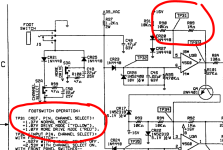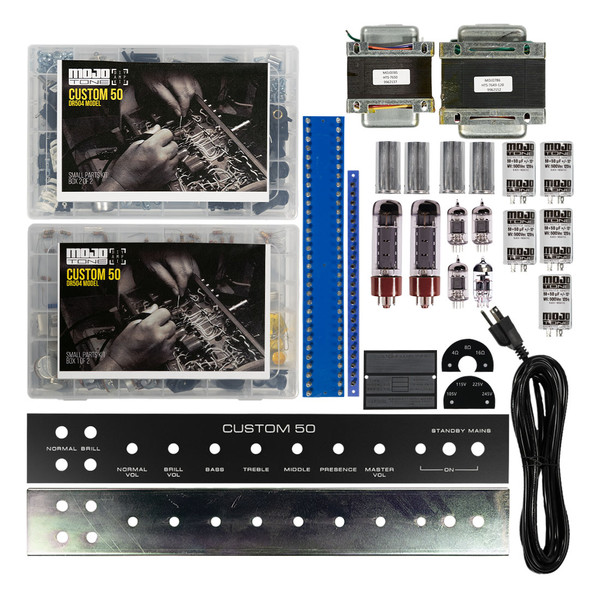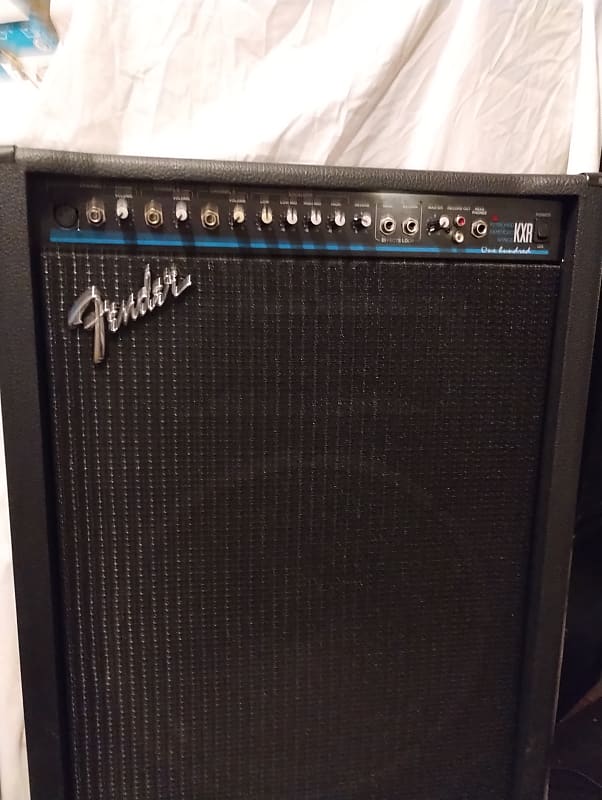DeadAirMD
Well-known member
Hoping someone out there can lead me in the right direction, or any direction but the one I'm stuck with for that matter.
Problem amp is a 1st Gen. Fender Hot Rod Deluxe. A few months back I replace the about to explode 450/500v big boy capacitors. They were already erupting with gunk coming out the top and bottom of the caps. The amp sounded great after doing this, but unfortunately has drifted into the shit......big time.
I only use the Clean Channel and run a ton of effects through it. Everything clean sounds perfect, but as soon as I turn on any distortion/overdrive pedal, my amp sounds like it's squeezing out the sound. With distortion/overdrive, it always sounds like a cocked wah. Every single distortion/overdrive pedal sounds the exact same to each other. Every guitar single coil or humbucker, sounds the exact same. I replaced the speaker with an Eminence RW&B, didn't change anything. The EQ on the amp either makes the woofiness brighter or darker, but does nothing to change that single tone. I replaced all the tubes and I'm using (6L6, 12ay7, 12ax7, and 12at7). They did nothing. I rebiased the amp after replacing the tubes and that did nothing as well. Could one of the tubes possibly be bad?
I'm super bummed out because my amp sounds terrible and it's painful to listen to my recordings.
Here's some sound samples. All audio you hear is playing through the amp. Even with just the guitar, terrible. Please help
Problem amp is a 1st Gen. Fender Hot Rod Deluxe. A few months back I replace the about to explode 450/500v big boy capacitors. They were already erupting with gunk coming out the top and bottom of the caps. The amp sounded great after doing this, but unfortunately has drifted into the shit......big time.
I only use the Clean Channel and run a ton of effects through it. Everything clean sounds perfect, but as soon as I turn on any distortion/overdrive pedal, my amp sounds like it's squeezing out the sound. With distortion/overdrive, it always sounds like a cocked wah. Every single distortion/overdrive pedal sounds the exact same to each other. Every guitar single coil or humbucker, sounds the exact same. I replaced the speaker with an Eminence RW&B, didn't change anything. The EQ on the amp either makes the woofiness brighter or darker, but does nothing to change that single tone. I replaced all the tubes and I'm using (6L6, 12ay7, 12ax7, and 12at7). They did nothing. I rebiased the amp after replacing the tubes and that did nothing as well. Could one of the tubes possibly be bad?
I'm super bummed out because my amp sounds terrible and it's painful to listen to my recordings.
Here's some sound samples. All audio you hear is playing through the amp. Even with just the guitar, terrible. Please help




